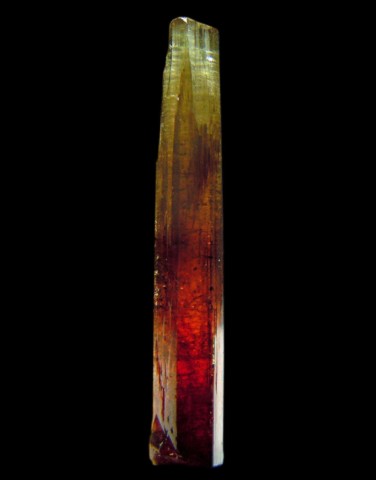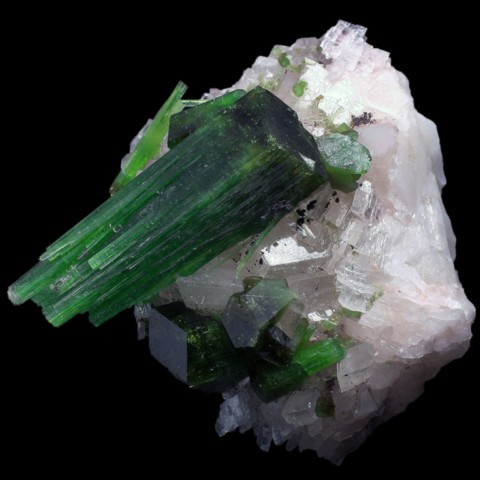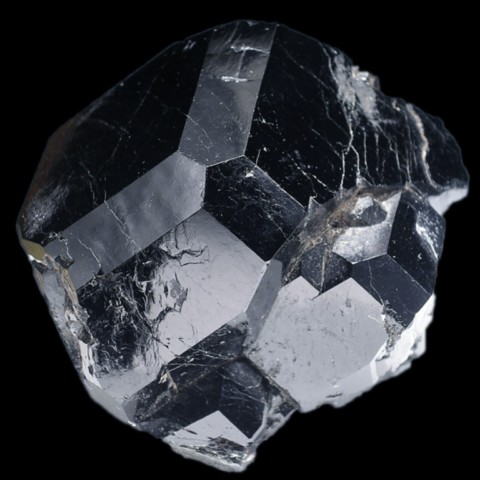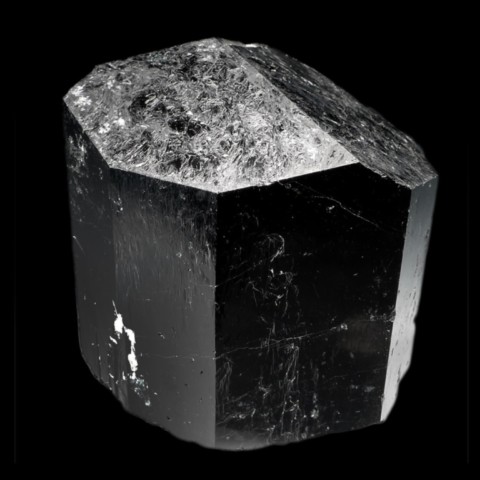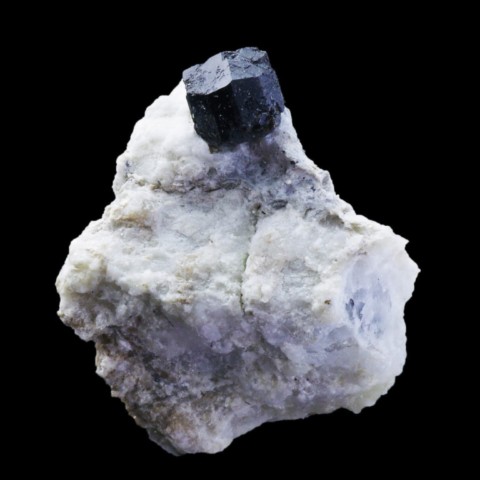 Dravite - Encyclopedia
Dravite - Encyclopedia
Class : Silicates
Subclass : Cyclosilicates
Crystal system : Trigonal
Chemistry : NaMg3Al6(BO3)3Si6O18(OH)4
Rarity : Common
Dravite is a magnesium tourmaline. It is a mineral of metamorphic origin, but which is also found as an accessory mineral to granites and pegmatites. It owes its name to its locality of discovery : Drava in Austria. An exception in the tourmaline group, dravite is rarely well crystallized. Its crystals are short prisms, sometimes reminiscent of garnet, with a triangular section with curved edges, and pyramidal endings. Rarely, it can be fibrous or acicular, and therefore difficult to recognize. Its color is variable, most often brown-black to black, sometimes yellow, rarely blue-green or red. Gemmy varieties are used in jewelry.
Main photo : Dravite from Brumado, Bahia, Brazil © Luciana Barbosa
Dravite in the World
Twinning
Rare twins known on {10-11} and on {40-41}.
Fakes and treatments
No fake listed for this mineral species.
Hardness : 7
Density : 3.03 to 3.18
Fracture : Irregular to conchoidal
Streak : Brown to white
TP : Translucent to transparent
RI : 1.612 to 1.660
Birefringence : 0.022 to 0.029
Optical character : Uniaxial -
Pleochroism : Strong
Fluorescence : Yellow under short UV
Solubility : Insoluble
Magnetism : Paramagnetic
Radioactivity : None

